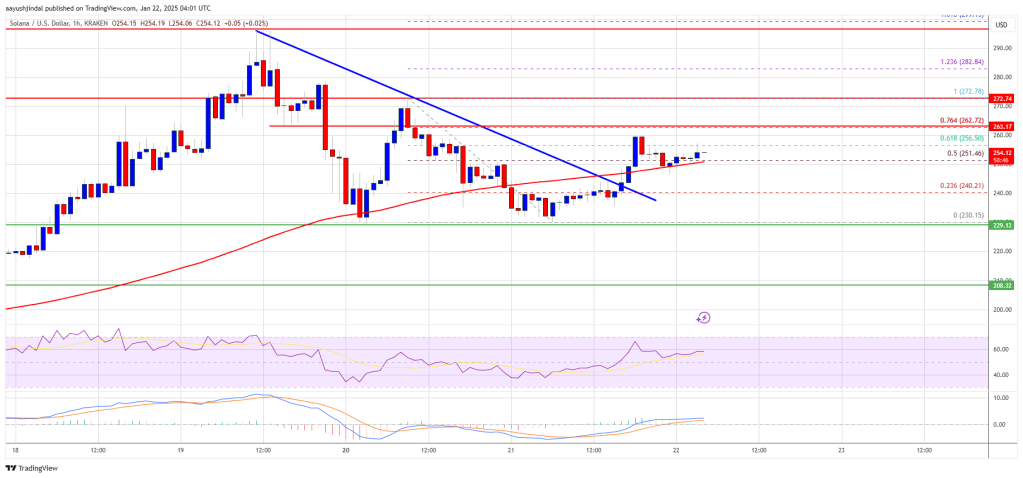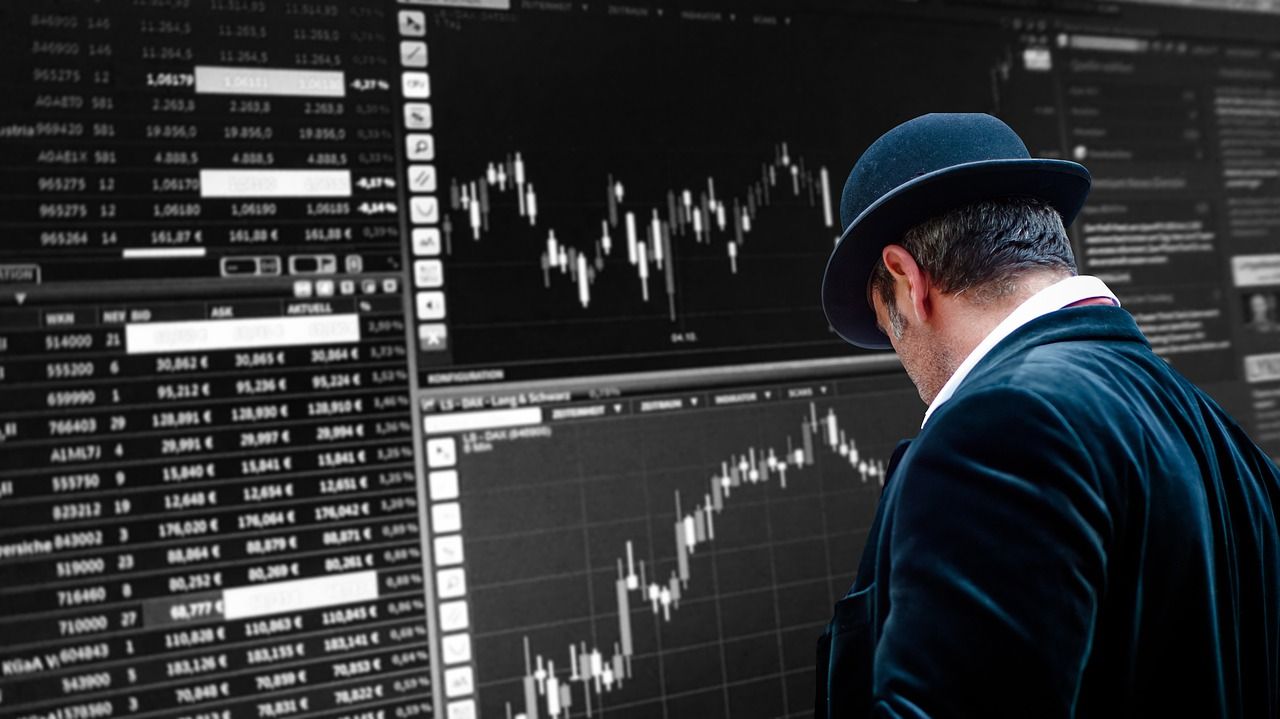Donald Trump relished the thought that his return to the White House would give him the power to take down the “deep state” actors who once opposed him — and almost sent him to prison.
Just hours after he was sworn in as America’s 47th president, his vengeance campaign was under way.
Among the early targets was John Bolton, Trump’s former national security adviser and one of the president’s harshest critics. First Bolton’s security clearance was revoked. Then Trump ordered the removal of the protective detail assigned to Bolton in 2019 after threats to his life from Iran.
“We’re not going to have security detail on people for the rest of their lives — why should we? I thought he was a very dumb person,” said Trump on Tuesday.
Bolton said he was “disappointed but not surprised”.
That may just be the beginning as Trump moves to crush perceived opponents in government, homing in on targets from intelligence agencies to the military, financial and business regulators, and within the law enforcement apparatus itself.

It could mark a new era for the US — and the way it is ruled, with favour and punishment dispensed according to the whims of a leader, not the judgments of career officials guided by the long-agreed rules of their institutions.
For Trump, it is a moment of vindication as he roots out the officials who thwarted his agenda during his first term or deepened his legal jeopardy as federal criminal cases mounted against him in 2023.
“Never again will the immense power of the state be weaponised to persecute political opponents,” he said in his inaugural address at the Capitol on Monday.
Hours later, he signed an executive order on the “weaponisation” of government, authorising sweeping reviews of US intelligence and other agencies to correct “past misconduct” through “appropriate action”.


“It’s an open-ended, anti-resistance move,” said Yuval Levin, a senior fellow at the conservative American Enterprise Institute, referring to the order.
He said it was “too early to tell” whether Trump was simply sending a message for civil servants to “stay out of the way” of his radical agenda or “to rearrange the bureaucracy so that it’s more completely at the service of the president”.
Intelligence agencies are a particular focus for Trump. In another of the executive orders signed during Monday’s night’s blitz, Trump stripped the security clearances of 50 former intelligence officials, claiming that they co-ordinated with former president Joe Biden’s campaign to discredit reporting about his scandal-prone son Hunter Biden.
The order echoed language used by Kash Patel, Trump’s controversial pick to head the FBI who is awaiting Senate confirmation.
Patel has long argued for the removal of security clearances to eradicate the “deep state”.
A former US intelligence official said the measure would have a “chilling effect” in the agencies. “This is a clear sign that Trump will use clearances for political reasons. That will make people wary to speak their minds.”
“Anything that suggests clearances are being manipulated for political purposes will hurt trust with the intelligence community,” said Emily Harding, director of the intelligence, national security and technology programme at the Center for Strategic and International Studies.
Trump has also sent a clear message to the Pentagon, where just minutes after his inauguration officials removed a portrait of his former top military adviser — and eventually arch critic — retired General Mark Milley. On Monday, Trump also fired Linda Fagan, the commandant of the coastguard, with a senior official saying she had “excessive focus on diversity, equity and inclusion” and mishandled border security.
But Trump’s plans go far beyond America’s security apparatus. The executive order on “weaponisation” called for more scrutiny of the Securities and Exchange Commission and the Federal Trade Commission, along with other enforcement agencies such as the justice department.
Pam Bondi, Trump’s pick for attorney-general, has vowed that the “investigators will be investigated” and “the bad” prosecutors would be prosecuted.
“I am concerned that this authorises the very weaponisation itself of the government against perceived enemies,” said Ryan Goodman, professor at the New York University School of Law.
“Ordinarily there may be nothing wrong with retrospective investigations into potential government wrongdoing,” he added. But this order “has been teed up with nominees in mind who would come into the government with an enemies list. That is a very worrisome combination for the state of democracy in the country.”
Trump previously called for the prosecution of opponents, including Nancy Pelosi, former Democratic Speaker of the House, and former vice-president Kamala Harris, whom he defeated in the 2024 general election. He has also threatened to appoint a special prosecutor to “go after” Joe Biden.
Biden himself took this threat — and others — seriously enough to issue pre-emptive pardons to members of his own family and top potential targets such as Milley and members of the panel that probed the January 6 2021 attack on the Capitol Building, including former congresswoman Liz Cheney, just before he left office.
Trump is also taking aim at federal workers, vowing to strip employment protections, which were strengthened under Biden, for tens of thousands of career civil servants in “policy-related” jobs — a way to easily fire government workers who balk at his agenda.
Meanwhile, as he was stripping security clearances from his perceived foes, he issued a separate executive order to immediately grant temporary clearances to “ qualified and trusted personnel” of his choosing.
“Our foreign adversaries are salivating at this Trump Executive Order that grants immediate Top Secret clearances to individuals without the proper vetting and background checks,” Olivia Troye, a former Trump administration official turned critic of the president, wrote on X.

































You must be logged in to post a comment Login